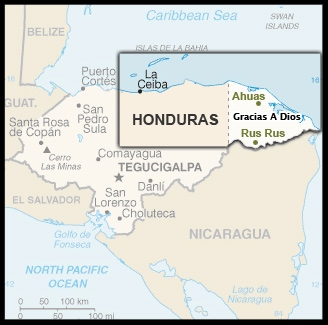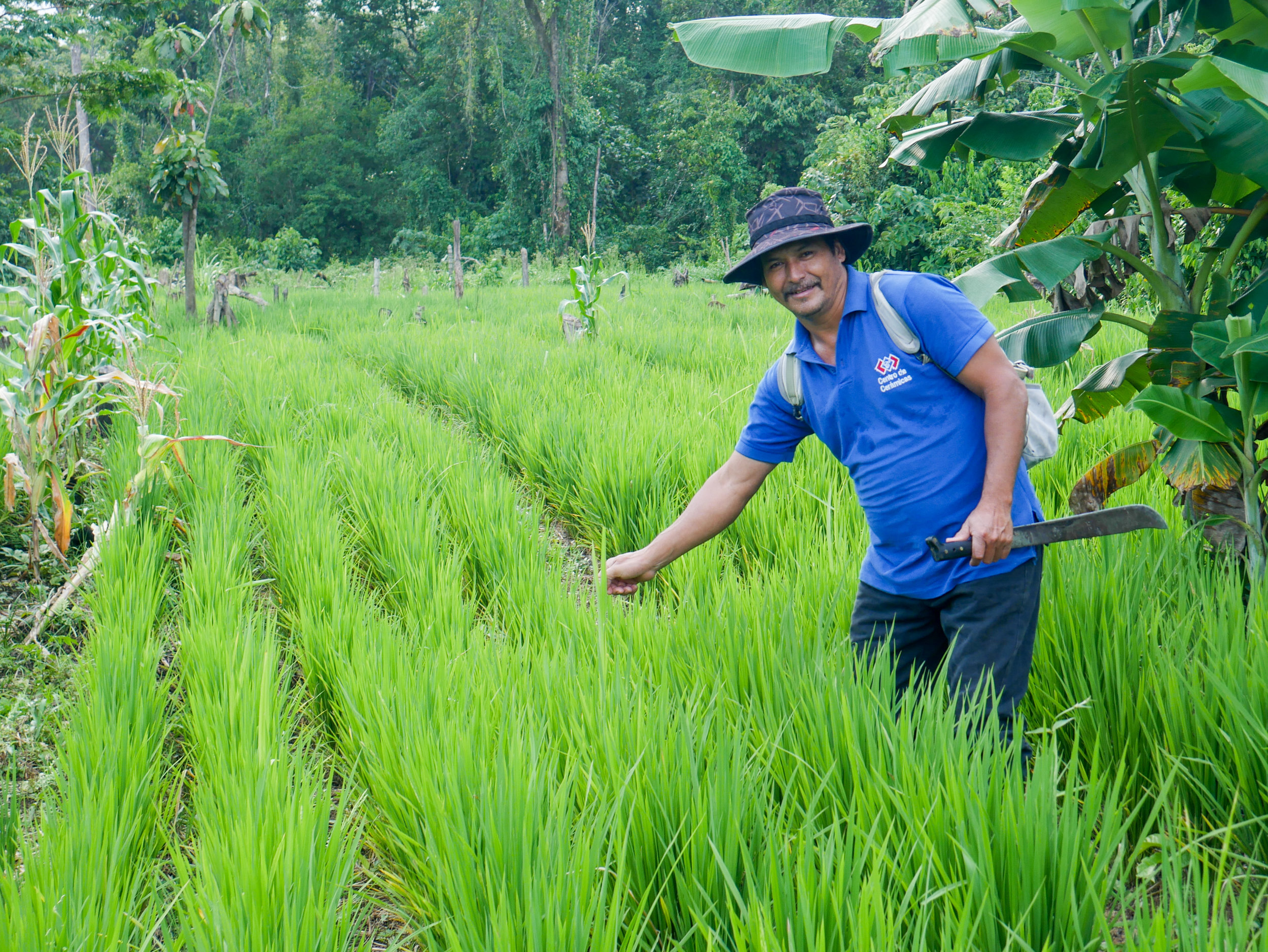National Economic and Health Statistics
Population (2018): 9,012,229
Per capita Income Average: $2,580
Population below poverty line ($1/day): 51%
Healthy Life Expectancy: 61 years
Infant Mortality Rate (per 1000): 24
Mortality prior to Age 5 (per 1000): 41 (1in 24)
Gracias a Dios is the eastern-most department of Honduras. Though it is the second largest department in the country making up about 15% of the land mass, it is sparsely populated, and contains extensive pine savannas, swamps, and rain forests.
As of 2018, the estimated population of 100,304 only accounted for 1.1% of the total population of Honduras. The sparcity and ethnic make-up of the region result in it being undervalued and overlooked by Honduran society and government. This region is also known as 'La Moskitia' due to the indigenous Miskito people that inhabit it, even though the Miskito span an almost equal distance into bordering Nicaragua. Even with several key “municipalities,” La Moskitia is considered poor and remote even by Honduran standards. The standard of living, income, and access to healthcare is far lower than the national averages—all of which are already among the lowest in Central America. In 2000, the World Health Organization ranked the Honduran healthcare system at 131 (of 190) in the entire world – the lowest ranking of all Central American countries. With few exceptions, the government provides little or no health services in the Moskitia region, leaving the vast majority of care to be supplied by charity and missionary organizations.
The lack of infrastructure (roads) in the region makes healthcare delivery virtually impossible without the use of aircraft.














